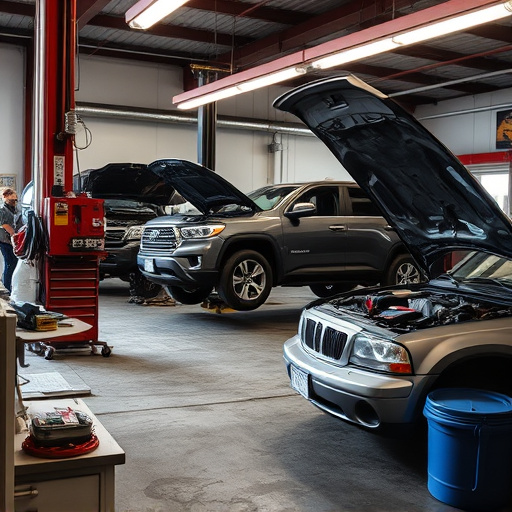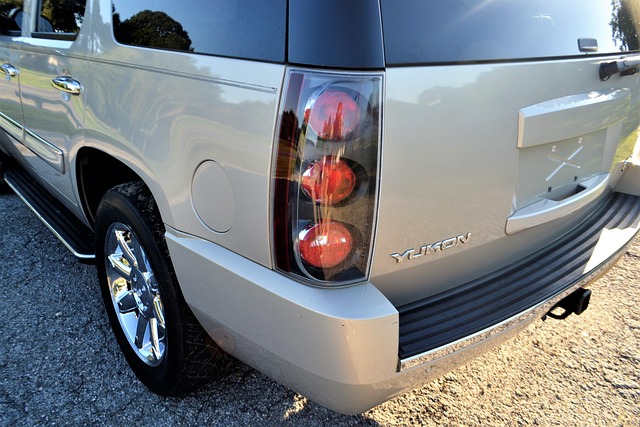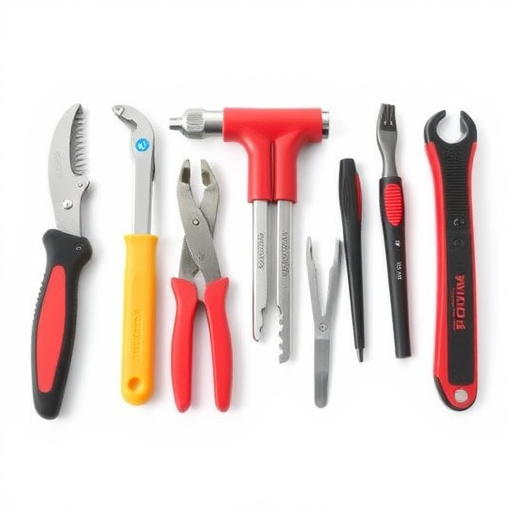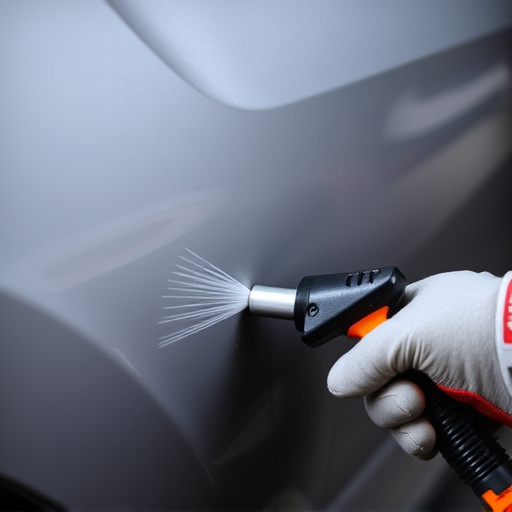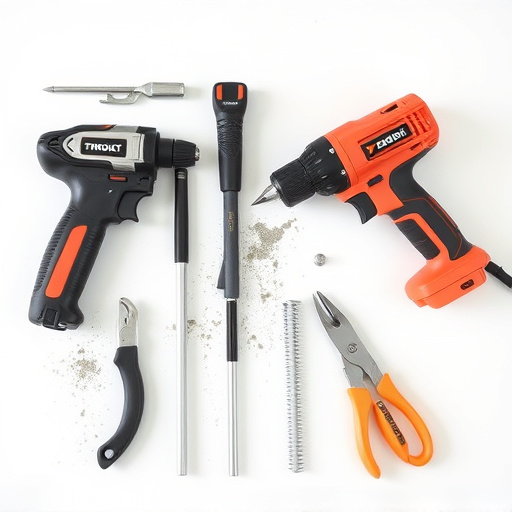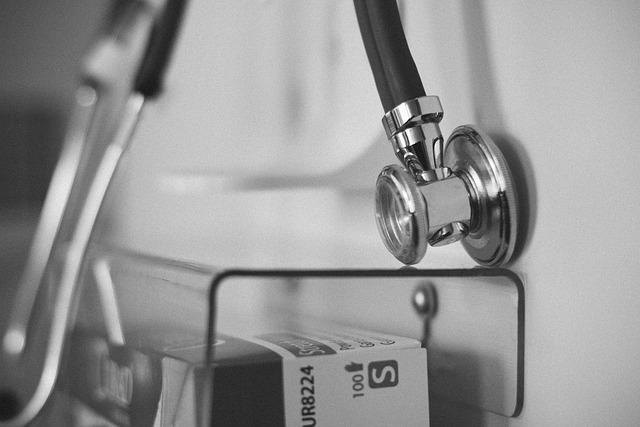Diminished value claims compensate property owners for the reduced market value of their assets after damage or repairs that don't fully restore original condition. In automotive, especially classic car restoration, these claims recognize legitimate expenses focused on preserving vehicle integrity and historical accuracy. Loss evaluation involves thorough inspections by legal professionals and auto body shop experts, considering visible and underlying damage, with restoration costs compared to pre-incident market value for fair compensation. Current repair techniques significantly impact claim assessments, while non-monetary losses require a comprehensive approach combining automotive engineering knowledge and market trends to quantify.
Diminished value losses, a common concern for vehicle owners after accidents or damage, represent the reduced resale value of a vehicle due to its impaired condition. This article explores how these losses are legally evaluated. We delve into understanding diminished value claims, the legal assessment of vehicle damage, and evaluating non-monetary losses in the context of law. By examining these key aspects, we provide insights into ensuring just compensation for affected individuals.
- Understanding Diminished Value Claims
- Legal Assessment of Vehicle Damage
- Evaluating Non-Monetary Losses in Law
Understanding Diminished Value Claims

Diminished value claims refer to the financial loss suffered by a property owner when that property’s value decreases as a result of damage or impairment. In the context of vehicle collision repair, diminished value losses are increasingly recognized as legitimate claims, especially in cases where the vehicle is not fully restored to its pre-accident condition. This can be particularly relevant for classic car restoration enthusiasts, where every detail and component must be meticulously preserved to maintain historical accuracy and value.
These claims often arise when a vehicle experiences damage that cannot be fully repaired or when the repair process leaves visible marks or alters critical aspects of its original design. Unlike traditional insurance policies that focus on out-of-pocket repair costs, diminished value claims seek to compensate owners for the reduced market value of their property post-restoration. This is significant in the vehicle collision repair industry, as it encourages insurers and mechanics to employ restoration techniques that minimize secondary damage and preserve the vehicle’s original integrity, thereby maintaining or maximizing its resale value.
Legal Assessment of Vehicle Damage
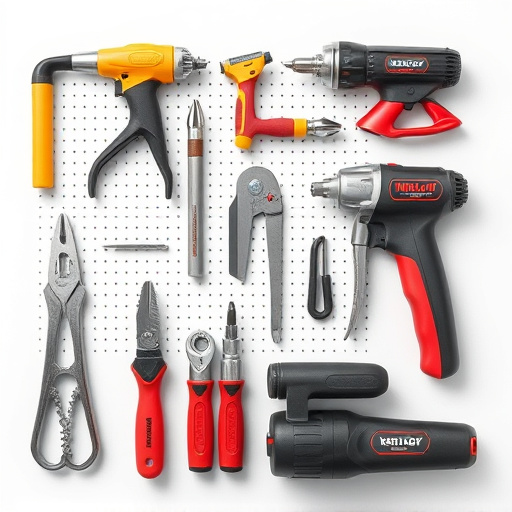
When evaluating diminished value losses, legal assessment often focuses on the impact of damage on a vehicle’s overall worth. This involves meticulous inspection to determine the extent of the harm, which can range from minor scratches and dents to more significant structural issues. Body shop services play a pivotal role in this process by providing detailed reports that document repairs made or needed, thereby influencing the legal determination of diminished value claims.
The assessment considers both the visible and underlying damage to the vehicle’s body and components. Auto body shop experts utilize their skills to estimate the cost of restoration, which is compared against the pre-incident market value of the vehicle. This comparison helps in quantifying the loss suffered due to the damage, ensuring that owners receive fair compensation for diminished value claims. Vehicle body repair techniques and standards are therefore crucial elements in this legal evaluation process.
Evaluating Non-Monetary Losses in Law
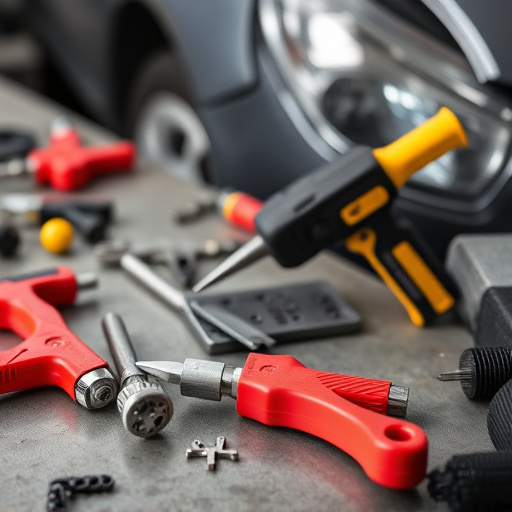
In the context of diminished value claims, evaluating non-monetary losses goes beyond mere financial assessment. Courts and legal professionals must consider the broader impact of an accident or damage on various aspects of a vehicle’s value. This includes aesthetics, functionality, and market appeal. For instance, while a bumper repair or auto glass replacement might restore physical integrity, it may not address unique design features that contribute to a car’s overall desirability in the resale market. Legal experts examine these intangible losses to ensure just compensation for owners.
Auto body repairs, such as those to structural components, are crucial in determining the extent of diminished value. Even minor damage can affect a vehicle’s performance and handling, which are key factors considered by potential buyers. Thus, legal evaluations often involve detailed inspections and analyses to quantify these non-financial losses. This process requires an understanding of both automotive engineering and market trends to accurately assess how repairs (or lack thereof) impact a car’s resale value.
Diminished value losses, while often overlooked, are a significant aspect of automotive litigation. Understanding and legally evaluating these claims require a meticulous process that considers both monetary and non-monetary damages. By delving into the intricacies of diminished value claims, legal professionals can ensure fair compensation for vehicle owners, reflecting the true impact of damage on their assets’ future value. This comprehensive approach, which includes assessing vehicle repairability, market trends, and aesthetic considerations, is essential in navigating complex insurance disputes.
